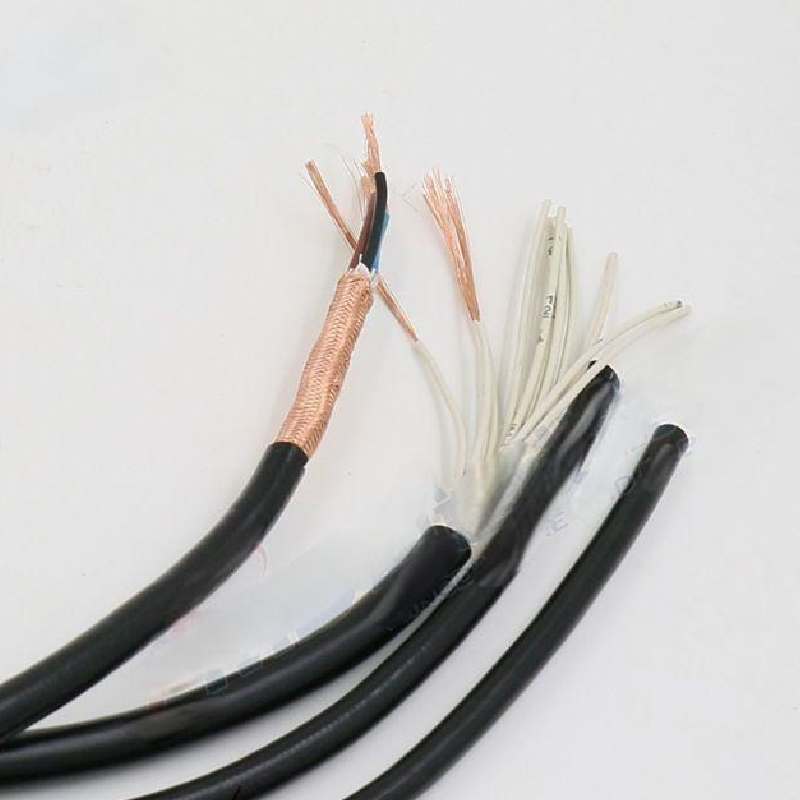Nov . 05, 2024 21:35 Back to list
non return ball valve
Understanding Non-Return Ball Valves Functionality and Applications
Ball valves are one of the most commonly used types of valves in various industrial applications. Among these, the non-return ball valve (also known as a check valve) plays a crucial role in controlling the flow of fluids while preventing backflow, thereby ensuring the safety and efficiency of plumbing and industrial systems. This article delves into the design, functionality, and applications of non-return ball valves.
What is a Non-Return Ball Valve?
A non-return ball valve is a mechanical device that allows fluid to flow in only one direction. Unlike standard ball valves that provide a full shut-off function, non-return ball valves are specifically designed to prevent reverse flow when the pressure in the pipeline drops below a certain threshold. This is achieved through a simple yet effective mechanism a ball that sits in the flow path. When the flow is in the correct direction, the ball lifts off its seat, allowing fluid to pass. Should the fluid attempt to flow backward, the ball is pushed against its seat, creating a tight seal that stops the flow.
Design and Operation
The design of a non-return ball valve typically incorporates several key features. It consists of a spherical ball made from durable materials such as stainless steel, plastic, or other corrosion-resistant materials. The ball is housed within a valve body, which can be constructed from metal, PVC, or other materials based on the application's requirements.
The operation of this type of valve is straightforward. In normal conditions, with forward flow, the pressure of the fluid lifts the ball off its seat, facilitating uninterrupted flow. When the flow direction is reversed, the pressure drops, allowing the ball to return to its seat and secure a tight closure against backflow. This automatic action relies on the properties of the ball and the fluid dynamics within the system, making non-return ball valves a reliable choice for various installations.
Applications of Non-Return Ball Valves
non return ball valve

Non-return ball valves find extensive use in various industries due to their ability to prevent backflow effectively. Here are some common applications
1. Water Supply Systems In municipal and domestic water supply systems, non-return ball valves are essential for preventing contaminated water from flowing back into clean water supplies. This application helps maintain water quality and public health.
2. Wastewater Management In sewage systems, these valves help prevent backflow that could lead to contamination and flooding. By ensuring that wastewater does not flow backward, they protect treatment facilities and residential areas.
3. Pumping Systems In pumping applications, non-return ball valves are used to maintain pressure within the system and ensure that the pumps operate effectively. They prevent the reversal of flow when the pump is turned off or fails.
4. Industrial Processes Many manufacturing processes involve the use of fluids. Non-return ball valves are employed to safeguard against backflows that could disrupt operations or cause equipment damage.
5. Fire Protection Systems In fire suppression systems, non-return ball valves help maintain the integrity of the water supply. They ensure that once the water is released to extinguish a fire, it does not flow back into the system, which could compromise the firefighting capabilities.
Conclusion
The importance of non-return ball valves cannot be understated. Their ability to prevent backflow enhances the efficiency and safety of various fluid systems. With a straightforward design and robust functionality, these valves are integral components in a myriad of applications ranging from water supply to industrial processes. As industries continue to expand and evolve, the demand for reliable fluid control solutions like non-return ball valves will undoubtedly grow, ensuring their place in engineering and environmental protection for years to come. Understanding their operation and application can help engineers, maintenance personnel, and facility managers make informed decisions that optimize system performance and enhance reliability.
Share
-
Reliable Wafer Type Butterfly Valves for Every IndustryNewsJul.25,2025
-
Reliable Flow Control Begins with the Right Ball Check ValveNewsJul.25,2025
-
Precision Flow Control Starts with Quality ValvesNewsJul.25,2025
-
Industrial Flow Control ReliabilityNewsJul.25,2025
-
Engineered for Efficiency Gate Valves That Power Industrial PerformanceNewsJul.25,2025
-
Empowering Infrastructure Through Quality ManufacturingNewsJul.25,2025